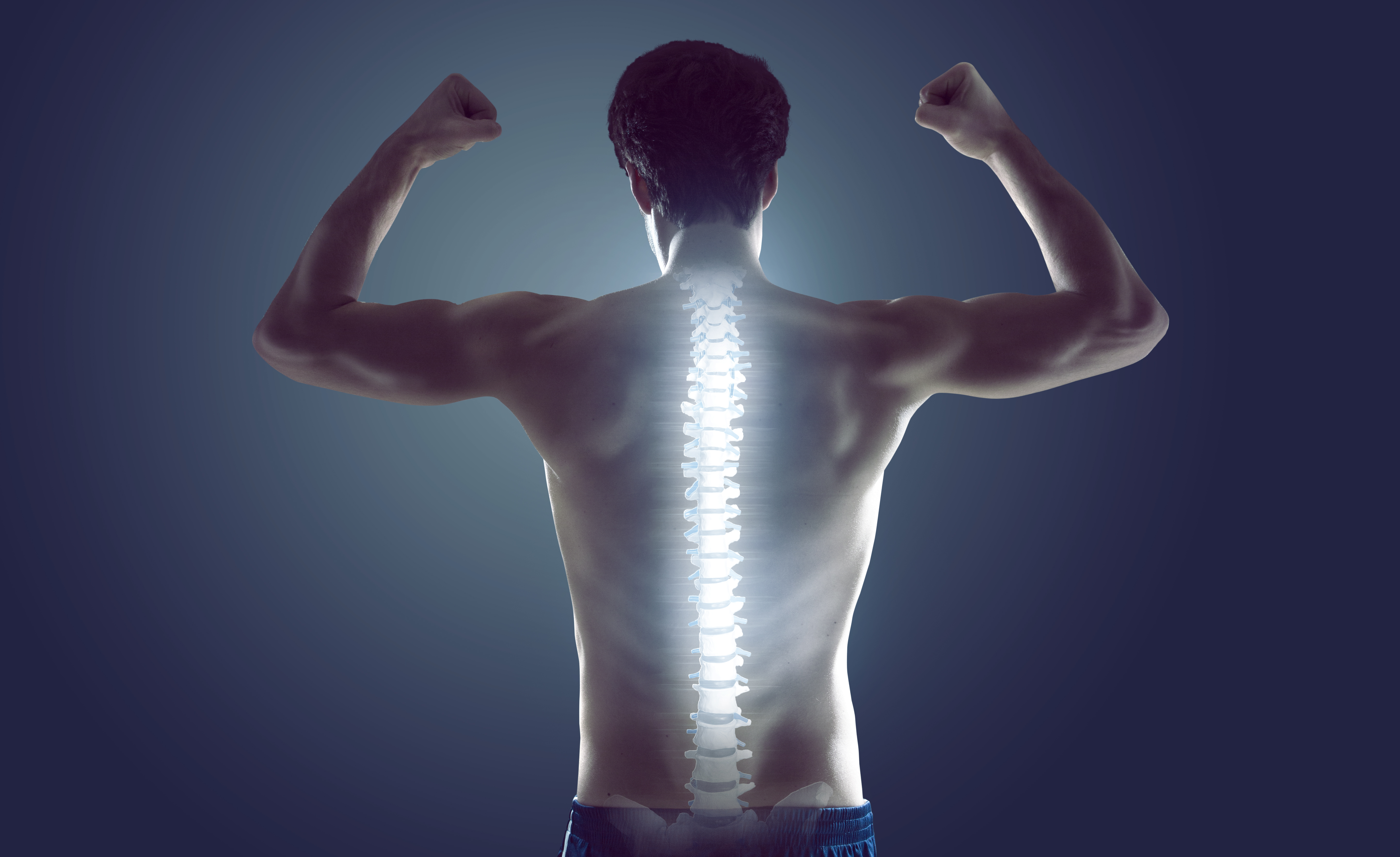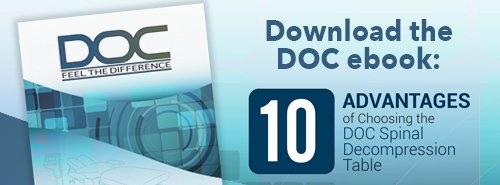By Dr. Troy Tann
Long or short, weak or strong, we all have them … we’re talking about spines. The human spine is a marvelous feat of evolution, giving us the ability to walk upright rather than on all fours. This provided early humans with several advantages over other primates, including the ability to carry food, tools or babies as they moved, appearing larger (and thus more intimidating to predators) and the ability to cover wide, open landscapes quickly and efficiently. These advantages, however came at a cost.
 via Shutterstock via Shutterstock |
The modern human spine contains 220 ligaments and 120 muscles. To make things even more crowded, you have 100 joints in your spine as well. With all those ligaments, muscles, and joints it’s hard for something not to get stiff once in awhile—which is why back pain is one of the most common conditions today. Here are five more interesting facts about your spine.
Humans Have the Same Necks as Giraffes
Have you ever wondered what you and a giraffe have in common? The answer is both humans and giraffes (like all mammals) have seven different cervical vertebrae in their necks. These cervical vertebrae provide the flexibility that allows giraffes to reach down to the ground as well as up into the trees in search of food, water or other needs; for humans, it gives us the ability to quickly turn our necks when someone says, “Did you see that giraffe?”
Your Bone Count Gets Smaller as You Age
When we’re born, we have 270 bones. But as adults we only have 206. Likewise as babies we are born with 33 vertebrae, but by the time we reach adulthood we only have 26. It’s not that some of those bones magically disappear. Four of them fuse together to make the tailbone and the other five fuse to form the back of the pelvis.
People Come Back From Space Taller
If you’ve ever heard about astronauts standing tall, it’s not just a figure of speech. You can actually grow a couple of inches while you’re in space, which is one of the many things NASA and other space agencies must plan for when building living quarters, especially on long-term missions. When gravity is removed, cartilage can expand and you can come back from your space adventure taller than you were before. The reverse works too. As we age, gravity’s pull causes cartilage to shrink, causing our bodies to contract as well. So it’s not just your imagination – Grandma really is getting shorter.
Spinal Surgery is More Popular Than Ever
If the government was paid with the revenue made from back pain, the U.S. could be out of debt in no time. Every year, $86 billion dollars is spent on back pain. It has become the most frequently cited musculoskeletal condition, with 62 million adults reporting it worldwide. There are 1.2 million spinal surgeries performed in the U.S. Annually, including 300,000 spinal fusions each year. Now that’s a lot of back surgery.
Not All Back Pain Needs Medical Treatment
Although spinal surgery is common, 80 percent of back pain doesn’t require any medical treatment. A majority of the time the pain will subside in one to two months. The problem with back pain is that it’s hard to see it coming. When you sit all day at your desk or drive long commutes to work your posture and back suffer. It’s important to take preventative action toward back pain before it becomes a major problem in your life.
 via Shutterstock via Shutterstock |
Now that you know all the facts, it’s time to take certain steps to alleviate your back pain. You can use natural remedies, heating pads, or visit a massage therapist, an acupuncturist, or a chiropractor. Chiropractic is a safe and noninvasive practice that can help you align your spine, improve joint motion and relieve back pain.
While you may not have to fend off predators or reach into trees for food anymore, your spine connects your body, and is more important than ever to your ability to function in the modern world. Take good care of it and it will take good care of you.
Dr. Troy Tann holds a Bachelor of Science in Human Biology, a Bachelor of Science in Nursing from the University of Michigan and a Doctorate of Chiropractic from The National College of Chiropractic. Today, he owns several clinics managed by The Joint Chiropractic in Chicago, IL.
This blog was curated from an article titled, "5 Fun Facts About the Spine: Long, Tall and Short of It." It was published on March 23, 2016 by thejoint.com. The original article can be found here.



